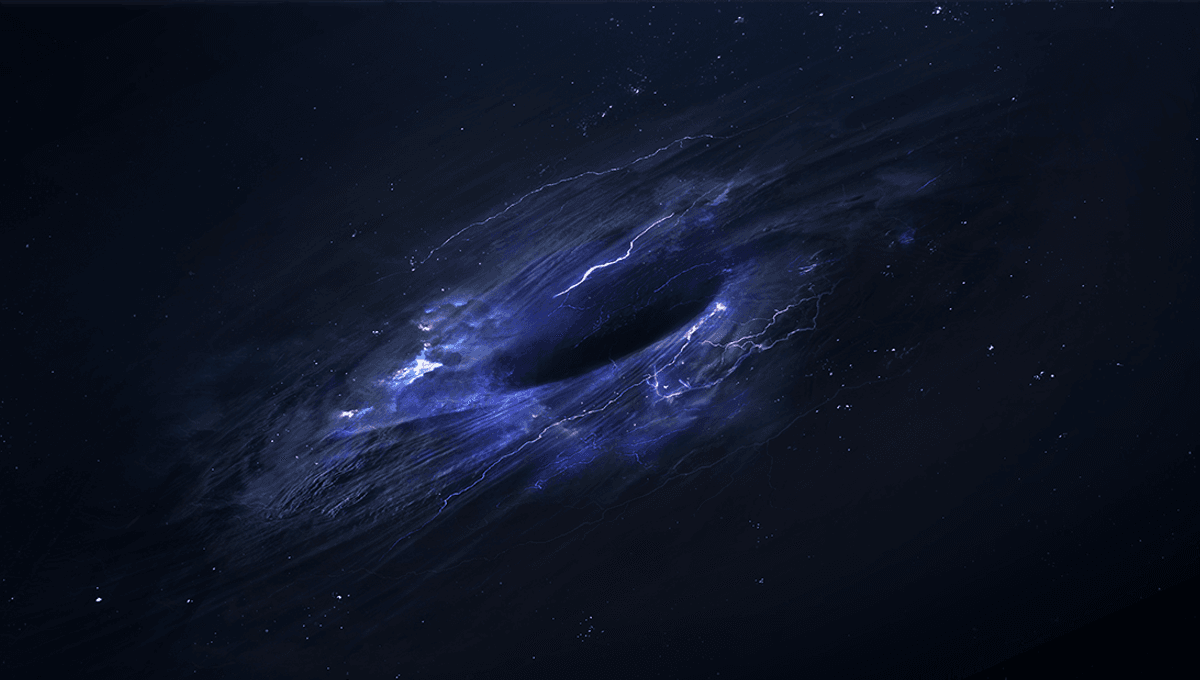The Laser Interferometer Gravitational-Wave Observatory (LIGO)-Virgo collaboration may have detected evidence of another universe, according to a new pre-print paper looking at unusual gravitational wave event GW190521.
The rest of this article is behind a paywall. Please sign in or subscribe to access the full content. Gravitational wave detectors are awesome even without the potential for spotting wormholes. When LIGO was built, it was aimed at detecting gravitational waves (GWs) – ripples in spacetime, hypothesized over a century ago. "Einstein first predicted gravitational waves in 1916 as a consequence of the general theory of relativity," Barry C. Barish of the California Institute of Technology explains in a paper. "In this theory, concentrations of mass (or energy) warp space-time, and changes in the shape or position of such objects cause a distortion that propagates through the Universe at the speed of light (i.e., a gravitational wave)." Detecting gravitational waves is tricky and requires sensitive equipment in LIGO's two 4-kilometer (2.5-mile) long arms. But conceptually, it is quite simple to get your head around. "All you need to build a gravitational-wave interferometer is two light beams, travelling between pairs of mirrors down pipes running in different directions, say north and west. The effect of a passing gravitational wave should stretch space in one direction and shrink it in the direction that is at right angles," Ed Daw, Reader in Physics at the University of Sheffield, explains in a piece for The Conversation. "On Earth, that would cause the mirrors to swing by tiny amounts, so that the distance between one pair of mirrors gets smaller, while the other gets larger. The swinging is actually the mirrors responding to the stretching and compression of space-time, which is just amazing." Detectors, in LIGO or the Virgo interferometer run by the European Gravitational Observatory (EGO), monitor subtle changes in distances caused by gravitational waves passing over the Earth, witnessing events that cause shifts less than 1/10,000th the width of a proton. Using this setup, LIGO became the first experiment to detect gravitational waves, and much more beyond that. Since then, these experiments have been busy detecting black hole mergers, neutron star mergers, neutron-black hole mergers, and a few mystery mergers as well. "Together, the gravitational-wave-hunting network, known as the LVK (LIGO, Virgo, KAGRA), has captured a total of about 300 black hole mergers, some of which are confirmed while others await further analysis," LIGO explains. "During the network's current science run, the fourth since the first run in 2015, the LVK has discovered more than 200 candidate black hole mergers, more than double the number caught in the first three runs." According to a new paper, which has not yet been peer reviewed, they may have detected something much more exotic; a black hole from another universe, connected to our own via a wormhole. Wormholes are hypothetical structures which connect one distant point in space from another, or two universes, and were first proposed by Albert Einstein and Nathan Rosen in 1935. They have never been detected in the universe, and there's a solid chance that that's because they do not exist. But black holes were a prediction of Einstein's work (first found as solutions to Einstein's field equations by Karl Schwarzschild), and we have found plenty of them, so we wouldn't rule the possibility out entirely. The team of the new paper claim that GW190521, a gravitational wave event detected by the LIGO-Virgo collaboration on 21 May 2019, is a good candidate for an actual wormhole detection. The signal is unusual in its extremely short duration, lasting around 0.1 seconds, and for its lack of inspiral-merger-ringdown morphology according to the team. "A particularly compelling aspect of GW190521 is the lack of precursor signal prior to the main burst, which hints the possibility that it might not originate from a standard coalescence process of BBHs [binary black holes]," the team writes. "We hypothesize that GW190521 might represent a single, isolated GW echo pulse from the wormhole, which is the postmerger remnant of BBHs in another universe and connected to our universe through a throat." "The postmerger ringdown signal passes through the throat of wormhole and penetrate the photon sphere barrier in the side of our universe, and could then be detected in our universe as a short duration burst lacking a pre-merger phase." Modeling the wormhole scenario, the team found that it could produce a signal-to-noise ratio comparable to the observed event. However, according to their Bayesian analysis it does not currently fit the event better than the binary black hole merger scenario proposed by the LIGO-Virgo collaboration. The smart money, if you were to find a bookie willing to take bets on gravitational wave physics, is on an interesting black hole merger. Nevertheless, the signal is a weird one, and has already been the subject of more exotic speculation than others. If the BBH merger analysis is correct, it could potentially be at odds with stellar evolution models, and the current team believes there could be benefit in more modeling of a wormhole scenario. "It is noted that recently the LIGO-Virgo collaboration has reported the detection of GW231123 on November 23, 2023, an event sharing a similar burst-like short duration nature with GW190521 [39], this event has been motivating intensive investigation on the nature of its source," the team concludes. "A systematic model comparison test including various possible sources for such short duration GW signals might be necessary for better understanding the physical origins of corresponding GW events." The study is posted to pre-print server arXiv.






